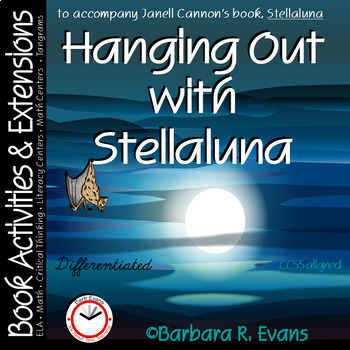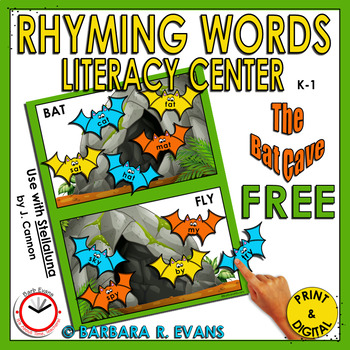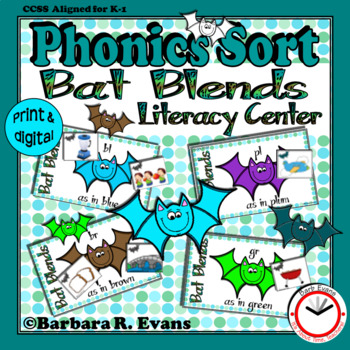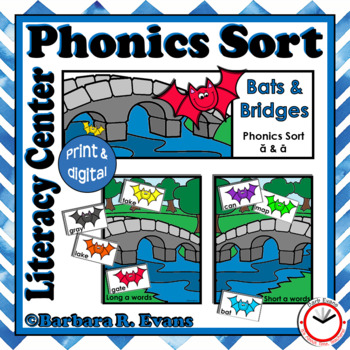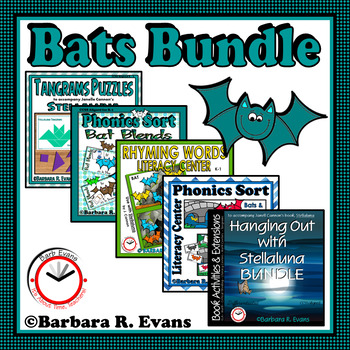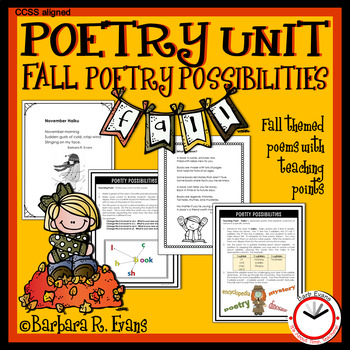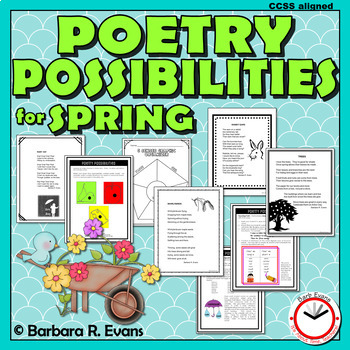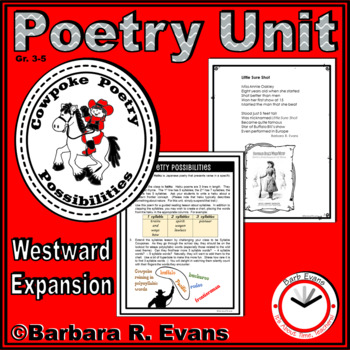 It’s about
time, teachers, … to begin working on rimes.
It’s about
time, teachers, … to begin working on rimes.
At the white
board, construct 3 known words that have the same onset, e.g. me, my, mom.
Ask your student what is alike in these words. Hopefully, she will notice that
they all begin with m. Ask, “Can you say
another word that starts like that?”
Whereupon, you accept any word that begins with the same sound. You need not be concerned about the correct
spelling of the word. That is, a word
which is correctly spelled with /kn/ or /gn/ will be perfectly acceptable for the onset
sound of /n/.
On subsequent
days, continue working with 1 letter onsets until you are sure the child
understands the task and how words work when the onset remains the same. The goal here is to bring your student's attention to the rime.
Now you are
ready to use blends for onsets.
Following the same procedure, construct 3 words with the same initial
blend, e.g. she, ship, show.
Ask her to
say another word that starts like that.
However, if she says sit or another word that has the /s/ sound, do NOT accept that word. If necessary, over emphasize the /sh/ as you
repeat the words you constructed. If she
still cannot produce a word with that blend, try again later, but in the same
lesson, with a different onset blend.
Just as an
aside, if your student struggles with distinguishing between blends and single
consonants, you may want to have your speech & language specialist and/or
an audiologist, do further assessments on her.
As always,
you should proceed to the next task only after your student demonstrates
mastery of this task.
It's nearly time for Halloween and in that spirit, my friend, Brian, at
 has boo-ed me. Don't fret that he's being a bully; it's a fun linky party. Brian's blog is well worth a visit. I am especially fond of his Positive Friday posts. You will also appreciate the fall linky party he's running.
has boo-ed me. Don't fret that he's being a bully; it's a fun linky party. Brian's blog is well worth a visit. I am especially fond of his Positive Friday posts. You will also appreciate the fall linky party he's running.
Now, here's the scoop on the I've Been Boo-ed linky party:
- When you have been boo-ed, copy and paste the above picture and these "rules" into your blog post.
- Give a shout out to the blogger who boo-ed you and link back to their site.
- Share 3 - 5 October activities, books, products (yours or others'), and/or freebie(s) that you love.
- Share the boo love with 5 bloggers. Make sure you check this link to avoid boo-ing someone who has already been boo-ed.
Now it's time for me to share resources:

- My emergent reader book, What the Little Ghost Saw on Halloween, has been extremely popular. Don't miss out on this FREE book.
- I also have a FREE Autumn Scarecrow Glyph.
 It's fun and easy.
It's fun and easy.
- Lest you think I'm only focused on the littlest scholars, let me assure you that I'm always on the lookout for activities for intermediate students. In my role as an enrichment specialist for the school, I was thrilled to find Lisa's Boo! Ha Ha! Math Centers for Bigger Kids at Fourth and Ten. She uses them to constructively engage the students who have mastered a math skill while she works with those who need more help. That's a win-win!

The time has come to share some Boo love ...


